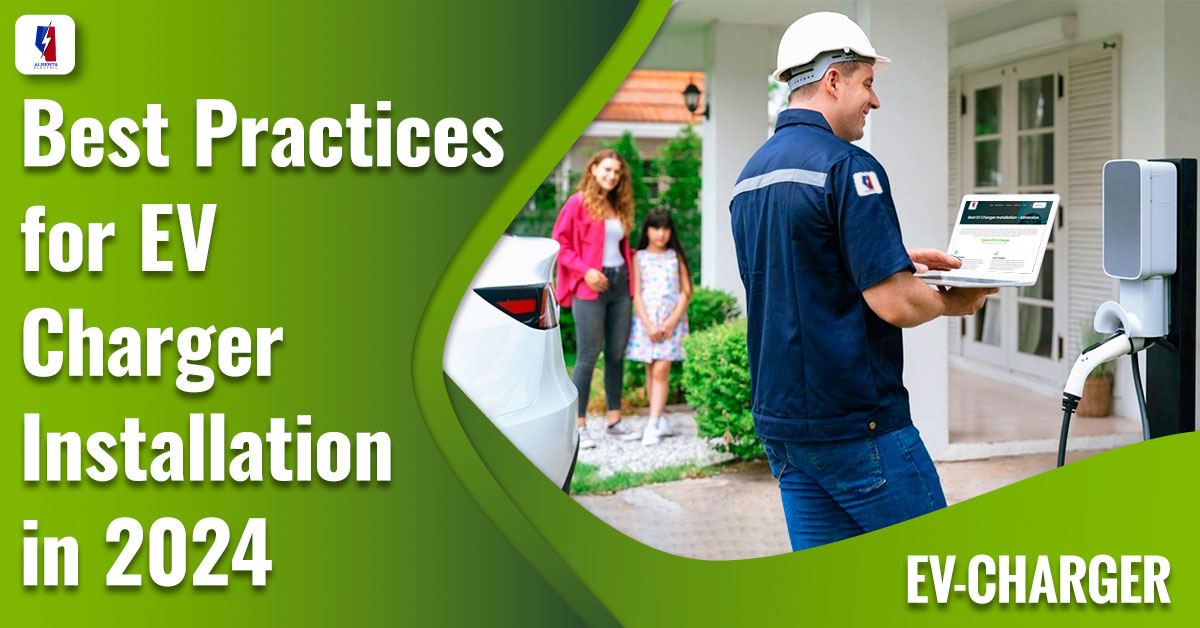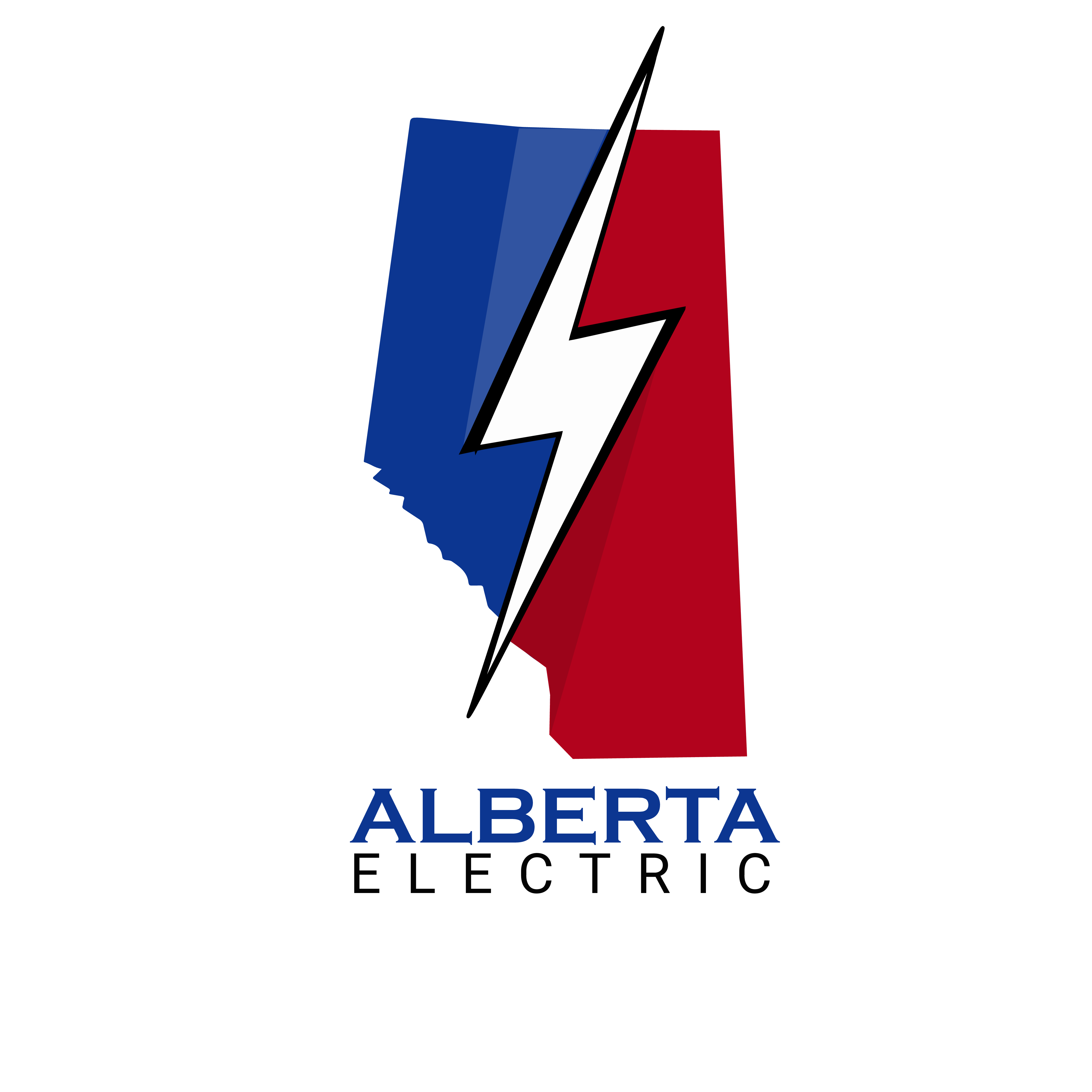7 Common Mistakes to Avoid During EV Charger Installation
7 Common Mistakes to Avoid During EV Charger Installation
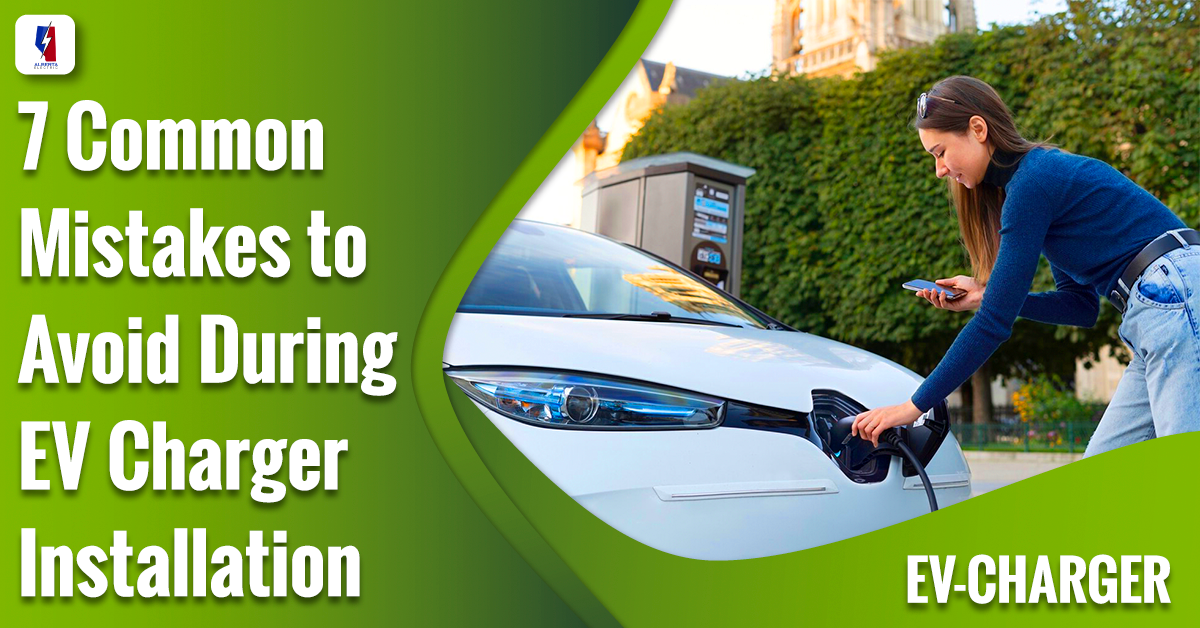
Installing an EV charger at home is the decision that makes your electric vehicle ready to ride at the time when you want. It is a good way to avoid the disappointment of reaching the charging point. So, proper installation of EV chargers is essential for efficiency, safety, and cost-effectiveness. However, mistakes during installation can lead to ineffective charging, safety risks, and unnecessary expenses. That’s why choosing experts like EVChargerEdmonton in Edmonton is crucial. They’re known for their reliability and expertise in this specialized field.
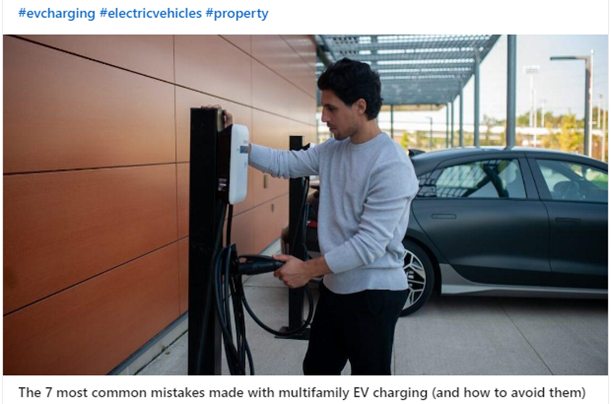
Image source: Linkdin
So, issues like improper wiring, mounting, or placement can save money, compromise safety, and lead to electrical problems. Investing in proper installation through a trusted provider like EVChargerEdmonton will enhance your EV charging experience. Moreover, readers can see the importance of professional installation and the common mistakes they should avoid.
Mistake 1: Inadequate Power Supply
First of all, understanding the power requirements for EV chargers is necessary. It is just because different types, including Level 1, Level 2, and Level 3, have different needs. So, using an inadequate power supply poses notable risks. It can lead to slower charging times, inefficiencies, or even charger or electrical system damage. To avoid these issues, it’s crucial to consult experts like EVChargerEdmonton. This proactive approach enhances charging performance and safeguards against potential hazards associated with inadequate power supply.
Mistake 2: Incorrect Charger Placement
Proper placement of an EV charger is necessary for maximizing its efficiency and ensuring safety in both home and commercial settings. Several best practices should be considered when deciding where to install an EV charger. Accessibility is important; place the charger where it’s easily reachable for your vehicle without obstruction. It ensures comfort and reduces pressure on charging cables over time.
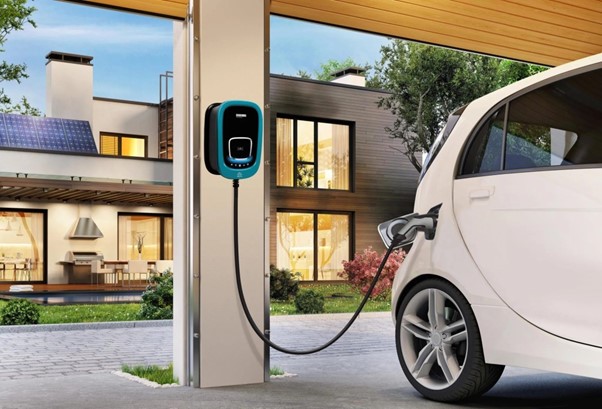
Image source: Linkdin
Safety is paramount. So, choose a location protected from weather elements and away from potential hazards like water sources or direct sunlight. In addition, proper electrical grounding and adherence to local codes are essential to control electrical faults and ensure safe operation. To get the expert advice for best charger placement, consider EVChargerEdmonton’s site assessment service. Their professionals evaluate your property to recommend the best location based on accessibility, safety, and convenience.
Mistake 3: Skipping Permits and Regulations
Missing keys and violating local regulations during EV charger installation can lead to significant legal and safety issues. In Edmonton, installing an EV charger normally requires permits and attaching to specific regional rules. These may include electrical permits, building permits (if modifications are needed), and keeping with ordinances. So, understanding and following these regulations are necessary to ensure a smooth installation process and avoid potential fines or penalties.
Moreover, skipping permits can have serious implications. In fact, it may result in fines from local authorities and complications with insurance coverage in case of accidents or electrical faults. Moreover, non-compliance with safety regulations could compromise the goodness of the installation, posing risks to both property and individuals.
Mistake 4: Ignoring Future Needs
Refraining from failing to plan for future EV charger requirements, such as upgrading from Level 1 to Level 2, can slow efficiency and cost-effectiveness over time. It’s essential to consider future needs when installing an EV charger. As EV usage increases, Level 2 chargers may become necessary, which offer faster charging speeds. Planning for good electrical capacity and space during installation ensures smoother changes and avoids costly re-fits later.
Future-proofing your installation involves several strategies. So, ensure the electrical panel has sufficient capacity to support higher charging levels. Installing pipes and wiring capable of handling increased power loads can also facilitate future upgrades without major renovations. Additionally, selecting a charger with scalable features or modular design allows for easier expansion as EV technology evolves.
Mistake 5: Poor Cable Management
Effective management of EV charger cables is required to ensure charging safety, convenience, and longevity. In this way, the best practices for cable management involve keeping cables neatly organized and secured. In fact, use cable management accessories such as hooks, clips, or trays to control tangling and prevent cables from lying across walkways.
Basically, poor cable management creates various risks. Tripping hazards are a significant concern, especially in residential or public settings. Also, improper handling can lead to premature wear and cable damage, affecting charging efficiency and potentially causing electrical faults.
Mistake 6: Inadequate Weather Protection
Protecting EV chargers from weather elements is essential for longevity, safety, and performance. Outdoor conditions make weather protection crucial for EV chargers. Rain, snow, and extreme temperatures can damage electrical components and reduce charging efficiency. So, proper protection ensures consistent operation and extends the charger’s lifespan.
Uncovered chargers face several risks. Water ingress can cause electrical shorts or corrosion, potentially leading to malfunction or electrical hazards. In this way, the extreme temperatures can affect battery performance and overall charger reliability. In addition, good weather protection reduces these risks, ensuring safe and reliable charging operations. We will recommend to choose the EVChargerEdmonton for weatherproof installation solutions. They specialize in installing EV chargers with weather-resistant enclosures and ensuring proper sealing to protect against environmental elements.
Mistake 7: Not Hiring a Professional Installer
Not hiring a professional installer for EV chargers can lead to different complications and risks. So, professional installers have the expertise to handle electrical requirements, ensure compliance with local codes, and optimize charger placement for efficiency and safety.
However, some risks arise from not hiring a professional installer, including improper electrical connections, which can damage the charger and vehicle. In addition, poor installation may also void warranties and compromise insurance coverage in case of accidents or electrical faults.
So, selecting a professional installer ensures proper installation, compliance with regulations, and adherence to safety standards. However, choosing EVChargerEdmonton for installation minimizes risks and maximizes the performance and longevity of your EV charging system, offering peace of mind and reliable charging experiences.
Conclusion:
In summary, avoiding common mistakes during EV charger installation ensures safety, efficiency, and long-term cost-effectiveness. So, ensure your electrical system can support the charger type you need. In fact, for accessibility, safety, and convenience when placing your charger. In addition, follow local rules to avoid legal and safety issues. Also, plan for scalability and future upgrades to meet evolving EV charging requirements.
However, properly manage cables to control risks and ensure longevity. Also, shield your charger from environmental elements to maintain performance. Get consultation from experts for compliant, safe, and efficient installations. For expert guidance and professional EV charger installation in Edmonton, contact EVChargerEdmonton today. Their team ensures proper examination, compliant installation, and reliable service to optimize your EV charging experience.
Recent Posts
Choosing the Right EV Charger for Your Home: A Simple Guide
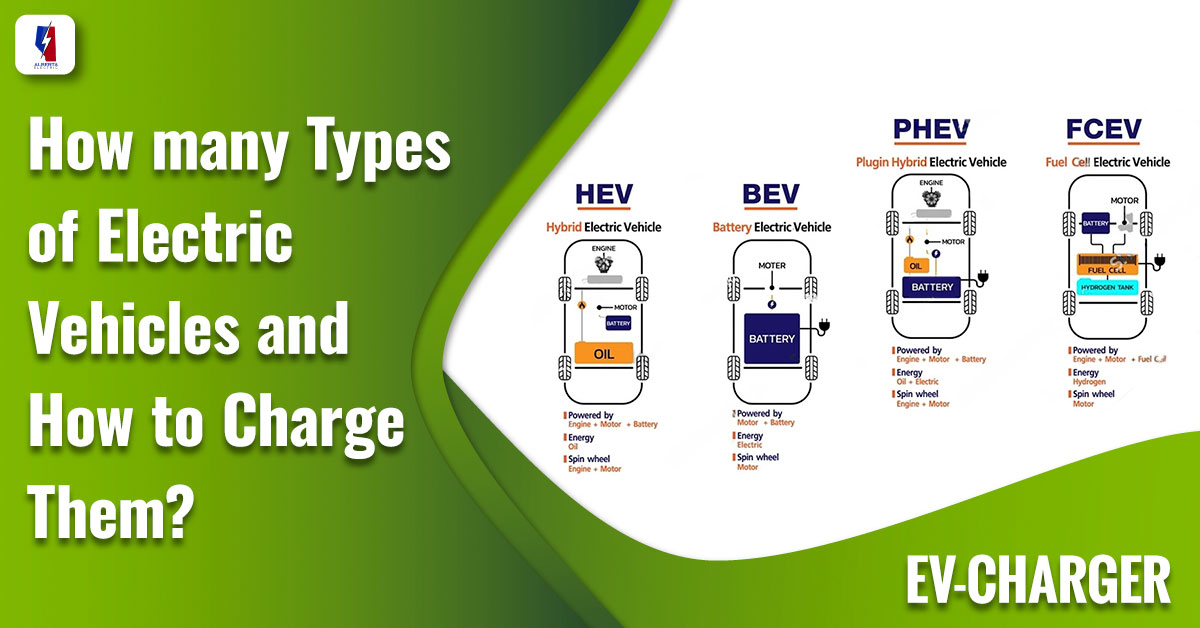
How many Types of Electric Vehicles and How to Charge Them?
